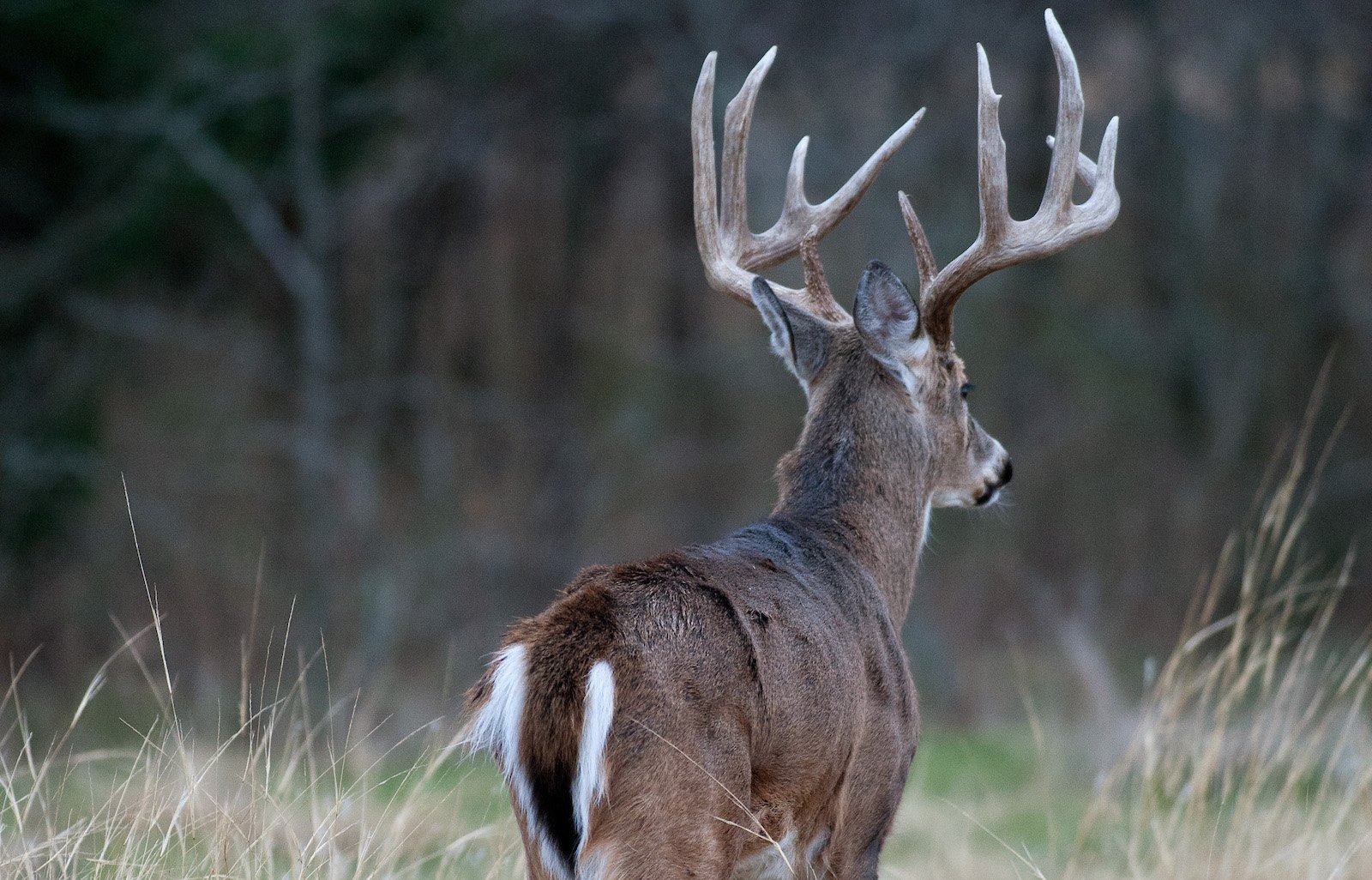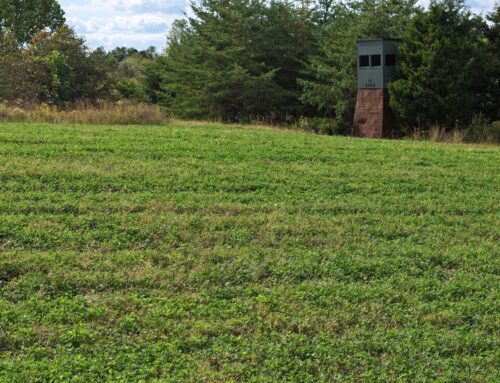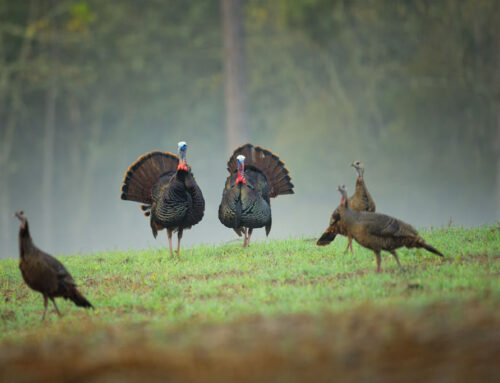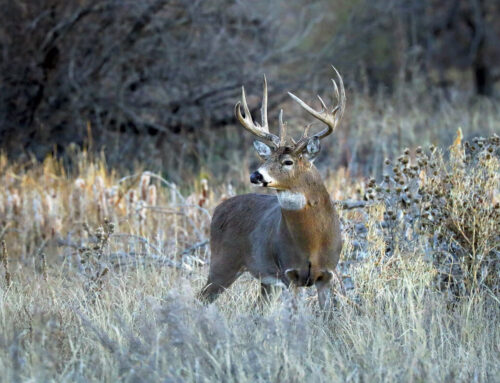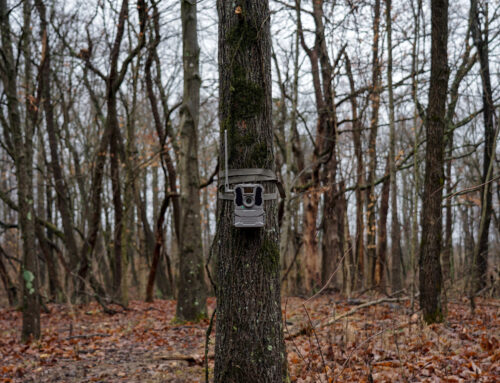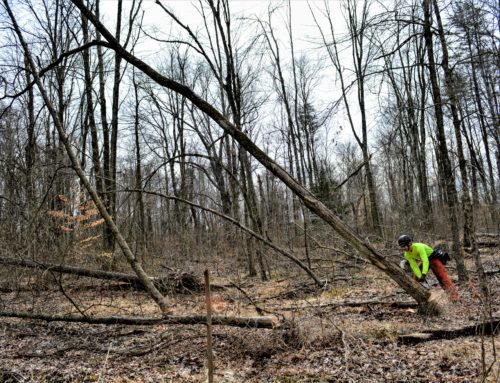Edited (07/22/2024): This article has since been improved and updated. Click here to access the most recent version of this article.
6 Ways to Improve Deer Habitat
All species of wildlife require four habitat components to survive: food, water, shelter, and space. White-tailed deer are a forest dwelling species, however, they are considered “habitat generalists” as they are highly mobile and can find their life needs from a variety of land types. However, for them to thrive, good habitat contains all four of the habitat components needed for survival, during all four seasons of the year.
1. Conduct timber stand improvement (TSI).
Timber Stand Improvement (TSI) is a management technique in which desirable trees are favored and undesirable trees are removed, to improve the productivity of desirable trees by reducing the effects of competition and by freeing up canopy space around them to allow for more access to water and nutrients. Deer habitat can be improved through the use of TSI by favoring mast-producing trees, such as oak and hickory species, which produce sources of food. Species used for cover, such as coniferous species (i.e. pine, cedar, etc.) should be left standing. TSI can also be used to thin over-stocked timber stands, increasing regeneration and overall growth production of the stand as well as making it easier for the deer to travel.
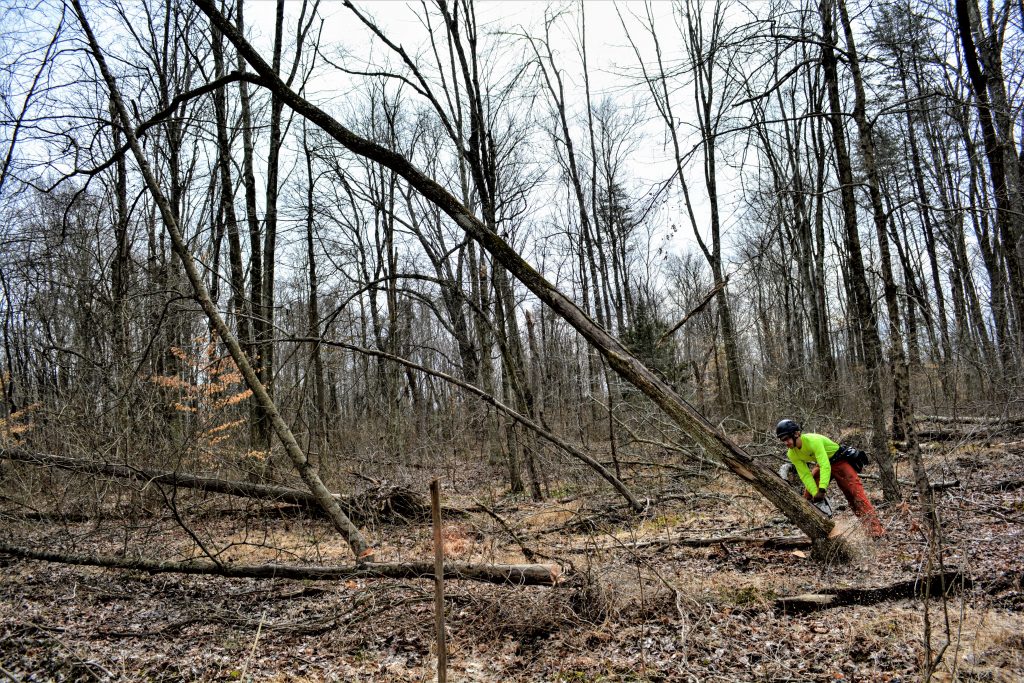
2. Create and maintain openings.
Openings such as fields, pastures, and forest openings are important aspects of deer habitat because they provide areas for bedding and feeding. The size of a managed opening is often determined by the management practice used and the surrounding habitat, but 1 to 3 acres is considered the favorable size for openings. Smaller openings such as these provide the deer with a sense of safety and security. Optimally, multiple openings connected by herbaceous travel lanes should be distributed throughout a property. At minimum, 10% of a primarily wooded property should consist of managed openings.

3. Treat and manage invasive plant species.
Invasive species management promotes the regeneration of native, more desirable plant species in the understory. Invasive species spread rapidly and aggressively, preventing the growth of crucial native vegetative species utilized for food, cover, and bedding by wildlife. Deer prefer to habitat in areas with a lower presence of invasive species as these plants provide little benefit to them in terms of food and make traveling through an area more difficult.
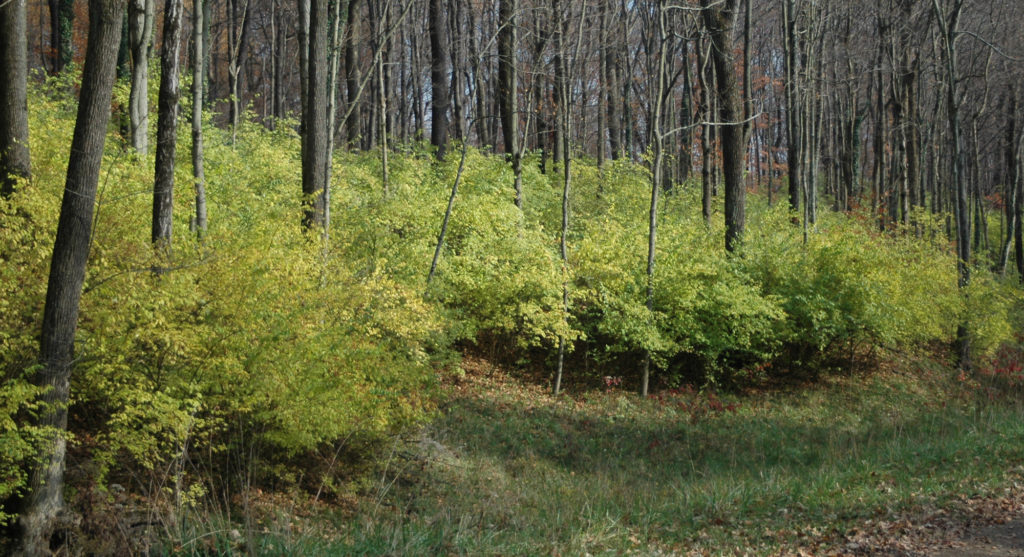
4. Plant and maintain mast-producing trees and shrubs.
Mast-producing vegetation refers to species which produce fruit, berries, nuts, or seeds which serve as food sources for wildlife. Examples of good mast-producing tree species include oaks, hickories, and persimmon. Brambles, such as blackberries and raspberries, also provide good sources of food.
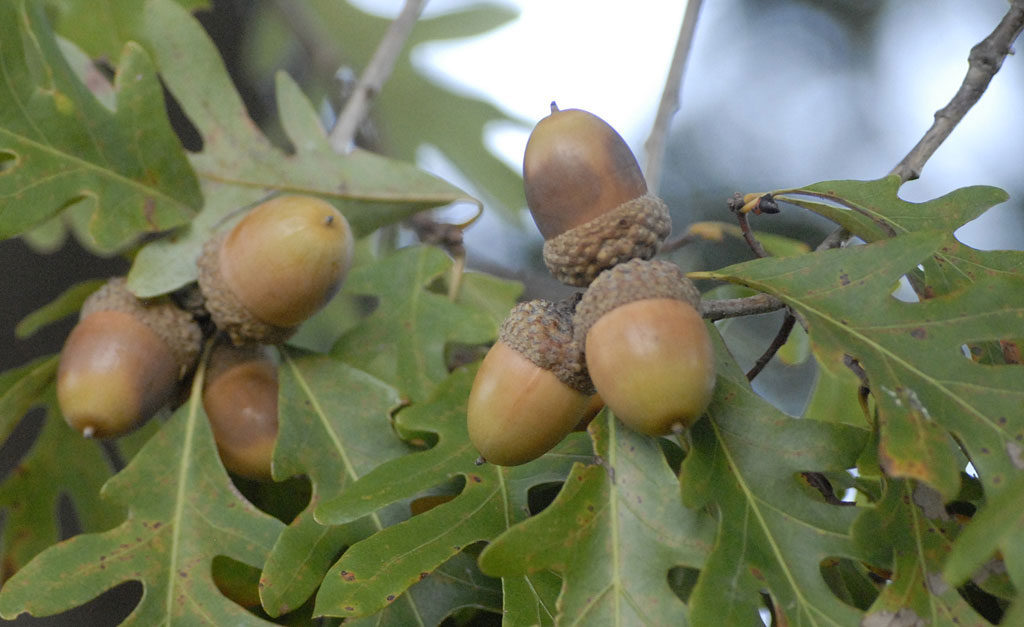
5. Establish and maintain native grasses and forbs.
Native grasses and forbs provide deer with protective cover and areas for bedding. Planting a mixture of warm season grasses such as big and little bluestem, switchgrass, and Indiangrass provide excellent bedding habitat. Some cool season grasses and legumes to plant include a mixture of clovers, alfalfa, timothy grass, and redtop grass.
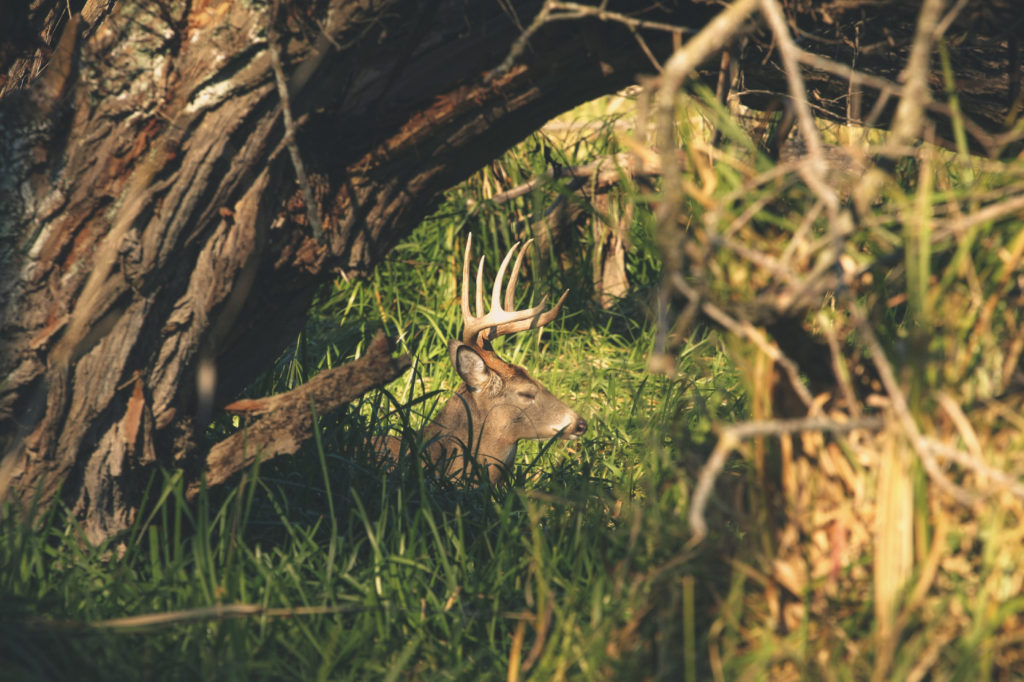
7. Establish and maintain food plots.
Many properties may benefit by providing additional food sources for white-tailed deer in the form of food plots. Food plots are small strips or blocks of land which are planted with grain crops, legumes, and/or root vegetables for wildlife to consume. Food plot plantings can be perennial and left standing year-round for several consecutive years, or can be annual which typically only last a single growing season. Both perennial and annual food plots provide excellent sources of food and having both types of plots on a property is recommended to provide the most benefit. Perennials provide a constant source of food year-round and are the backbone of a food plot program, while annuals are used to produce rapid bulk food which are beneficial during high-stress periods of the year such as during the fawning season and when bucks are growing antlers.
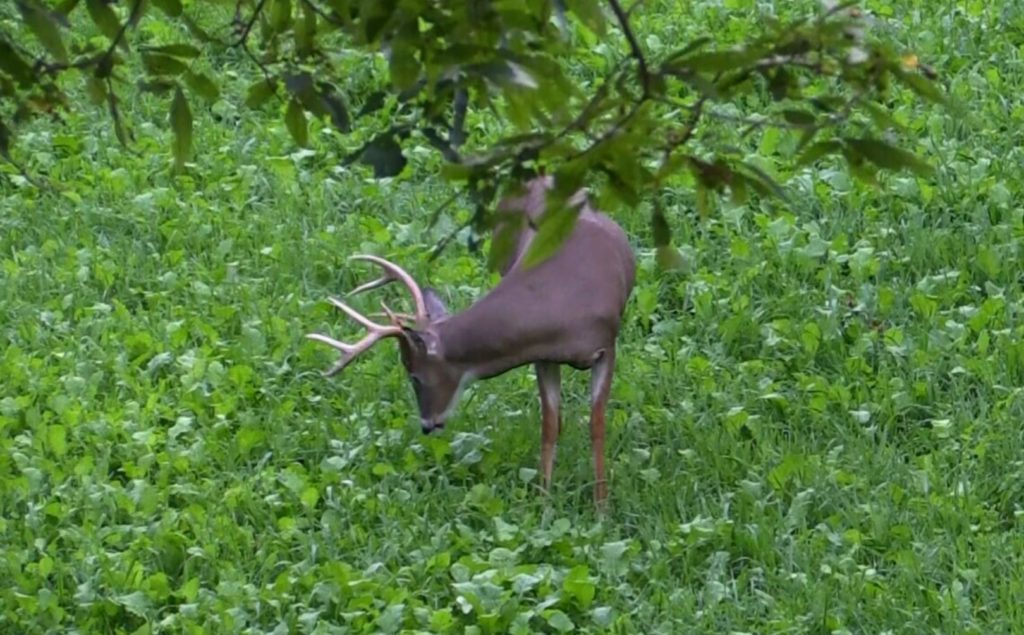
Additional information:
Managing Your Woods for White-tailed Deer- Purdue University
DNR: Wildlife Habitat Fact Sheets (in.gov)

